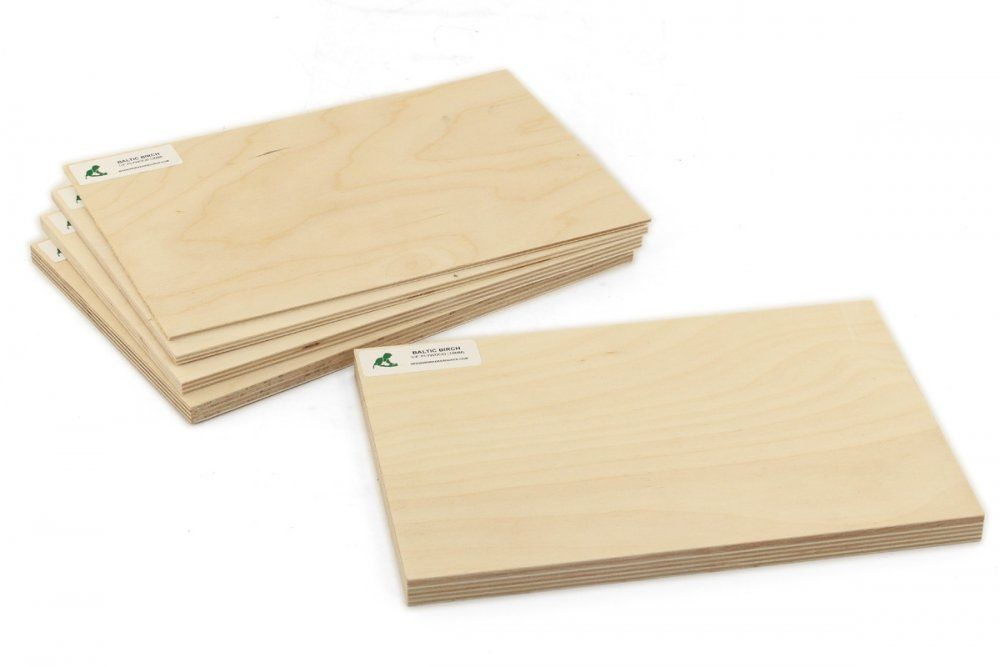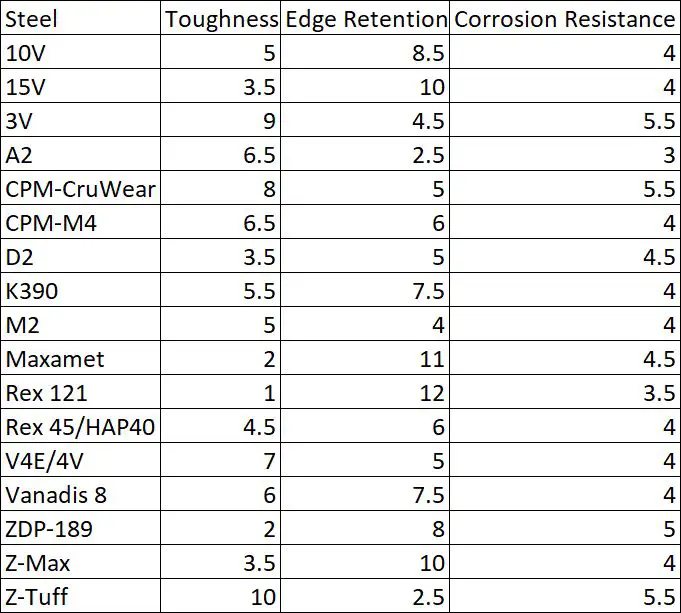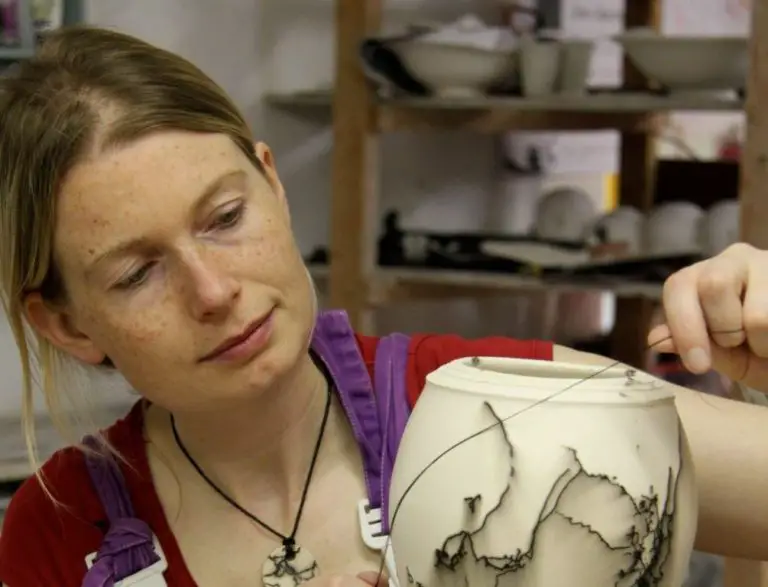Why Is Baltic Birch Hard To Find?
Baltic birch plywood refers to sheets made from birch trees harvested in the Baltic region of Europe, primarily from Russia, Latvia, Estonia and Finland. It is prized for its strength, stability and smooth, even grain pattern that has very little tearing when cut, making it ideal for applications like furniture, cabinetry, and laser cutting.
Baltic birch plywood rose to popularity in the mid 20th century as an imported alternative to domestic plywood in the United States. It became a preferred material for artists, crafters and woodworkers due to its smooth finish that didn’t require additional sanding. Today, Baltic birch remains a popular choice for projects like building speaker boxes, CNC cutting boards, cabinet doors, and more.
Origins and History
Baltic birch originates from northern Europe in countries like Russia, Finland, Latvia, Lithuania, and Estonia. The trees grow in the boreal forests of these regions, which have very cold winters and mild summers.
Baltic birch has been used in woodworking for hundreds of years. Russia started large-scale exports of birch logs in the mid 1800s. By 1913, Russia accounted for over 90% of global birch exports [1]. The trees were initially harvested for lumber, but companies soon began producing plywood panels made from thin sheets of rotary-cut birch veneer.
The plywood was known for its strength, stability, and beautiful pale color and grain. It became popular for furniture and cabinetry across Europe. After World War II, exports expanded to the United States, and Baltic birch plywood has been a favorite of American woodworkers ever since.
Properties and Uses
Baltic birch is prized for its strength, stability, and uniformity (The Wood Database). The plywood is made from multiple thin layers of birch veneer that are laminated together in alternating grain directions, giving it excellent strength and resistance to warping. This makes it ideal for applications like cabinetry, furniture, and woodworking projects where dimensional stability is important.
The consistent quality of the wood also lends itself well to CNC cutting and laser cutting. There are minimal knots, voids, and imperfections, allowing for clean machining and edges (Forest Plywood). The fine, uniform grain produces smooth sanded surfaces. Additionally, Baltic birch has good screw holding strength compared to other plywoods.
With its combination of strength, workability, and aesthetic appeal, Baltic birch plywood is highly valued by woodworkers, cabinet makers, designers, and DIYers for applications ranging from furniture to architectural millwork.
Limited Supply
One of the main reasons Baltic birch is challenging to find is that the trees it comes from only grow naturally in northern Europe. The Baltic birch tree, known scientifically as Betula Pendula, is native to countries like Finland, Sweden, Denmark, Norway, and western Russia.
As a species confined to this region, Baltic birch is a finite natural resource. The northern forests have limited acreage that can support these trees. And sustainable forestry practices restrict how much timber can be harvested each year. According to Woodworker’s Source, most Baltic birch comes from state-owned forests in Finland and Russia.
With supply capped based on the biology and geography of the birch forests, there is only so much Baltic birch that can be produced globally each year. This natural restriction makes Baltic birch inherently limited in availability.
High Demand
Baltic birch plywood has grown in popularity among woodworkers, makers and designers over the past decade. Its uniformity, strength, and beauty make it an ideal material for cabinetry, furniture, crafts, laser cutting, CNC and more 1. Many consider it superior to domestic plywood for its lack of voids, consistent layers, and smooth sanded surfaces right out of the factory. This has led to heightened demand from small product designers all the way up to industrial manufacturers.

Part of Baltic birch’s appeal is its availability in large 5’x5′ or 4’x8′ sheets that yield more usable material compared to narrower sheets. The consistent quality and lightweight nature of Baltic birch has made it a go-to material for makers. Woodworkers praise its stability, ease of finishing, and how it takes edging,routing and CNC work 2. Baltic birch allows designers to achieve smooth precise results across entire projects in a way that’s difficult with other plywoods.
Cost
Baltic birch plywood is generally more expensive than standard plywood made of softwoods like pine or fir. A 4×8 sheet of 1/2″ Baltic birch plywood typically costs $60-80, while a comparable sheet of construction-grade plywood costs $30 or less. There are several reasons Baltic birch commands a premium price:
First, Baltic birch is imported from countries like Russia, Latvia, and Finland. So there are added transportation costs to ship the material overseas and distribute it in the US and Canada. According to Woodworker’s Source, most Baltic birch sold in North America is shipped from Finland and Russia.
Second, the supply of Baltic birch is constrained relative to other plywoods. It comes from a limited region, and total worldwide production is small compared to the ubiquitous softwood plywoods made from pine and fir. With high demand from woodworkers but limited ability to ramp up supply, Baltic birch prices remain elevated.
Finally, the high-quality birch veneers and numerous plies used in Baltic birch cost more to produce than the thin, knotty veneers of regular plywood. The controlled manufacturing process also generates more waste material, adding to expenses. These input costs get passed along to the consumer through higher Baltic birch prices.
Sourcing Challenges
Baltic birch plywood has become increasingly difficult to source in North America in recent years. Most Baltic birch is manufactured in Russia, Latvia, Lithuania, and Finland. Importing it from these countries to North America poses numerous challenges.
First, there are limited numbers of mills that produce Baltic birch plywood that meet the highest quality standards. According to Woodworker’s Source, “Out of the numerous mills in this part of Europe, only a handful produce BB/BB plywood that makes the grade” (Source). Finding reputable suppliers with access to the top mills is crucial but difficult.
Second, shipping costs from Eastern Europe to North America are very high. The large 4×8 sheets of plywood are bulky and costly to transport such long distances. Freight prices fluctuate but have been steadily increasing over the years.
Third, importing any product requires dealing with customs, duties, taxes, and regulations. Navigating the complex import/export process adds more time, cost, and risk of delays or issues. According to one supplier, “the obstacles inherent in importing present a very real challenge” (Source).
These sourcing obstacles have led to limited availability and high prices for quality Baltic birch plywood in North America. Woodworkers who desire it must often turn to domestic or foreign alternatives that do not offer the same premium characteristics.
Alternatives
Since Baltic birch plywood can be difficult to find and expensive, many woodworkers look for alternatives that have similar properties at a lower cost. Some of the most common plywood alternatives include:
Sande plywood is a popular alternative found at many home improvement stores like Home Depot. According to this Reddit thread, sande plywood leaves a nice smooth finish when painted, though it may not look as pretty when stained. It can be a versatile and affordable option.
Appleply plywood is made of thin layers of applewood veneer pressed over a poplar core. It has a smooth sanded face like Baltic birch but is not quite as dense or stiff. Appleply can be easier to find and less expensive but may not withstand heavy use as well.
Other alternatives like medium-density overlay (MDO) plywood have very smooth surfaces and are designed for painting. However, they tend to be heavier and not as easy to cut or work with. There are tradeoffs between cost, availability, and workability when choosing an alternative plywood to Baltic birch.
Outlook
The future availability of Baltic birch plywood remains uncertain. Supply is expected to stay constrained for the foreseeable future due to the ongoing conflict in Eastern Europe limiting exports. With Russia being the primary producer of Baltic birch, sanctions and trade disruptions have significantly reduced supply chains. While some alternative sources such as Finland and Sweden produce Baltic birch, their output is relatively small compared to Russia.
According to industry analysis, demand for Baltic birch is projected to continue rising, especially from North American furniture makers, musical instrument producers, and DIY enthusiasts who favor its durability and consistency. However, with limited supply, satisfying this demand will be challenging. Prices may remain inflated as global stockpiles stay low.
Some efforts are being made to restart Baltic birch production in non-sanctioned countries, but ramping up output takes time. Conservation efforts and exploration of sustainable forestry in the Baltics region could potentially increase yields long-term. But the timeframe for relief remains unclear.
Overall, the constrained availability and high demand suggest the Baltic birch shortage may persist for years barring a resolution to the conflicts limiting supply. Woodworkers and companies dependent on Baltic birch face a difficult road ahead in sourcing this popular plywood.
Conclusion
In summary, Baltic birch is hard to find for a few key reasons. It starts with the limited supply relative to the high demand for this wood with excellent properties. Baltic birch comes from the colder northern Baltic regions in Europe that have the ideal climate to produce slow-growing hardwood birch trees with superior strength and stability. However, only a small amount of this birch can be harvested sustainably each year. At the same time, there is very high demand for Baltic birch in specialty woodworking, furniture, cabinetry, and other industries that rely on its uniformity, hardness, and strength. Its unique appearance and working qualities make it a prized material. Yet sourcing consistent, high-quality Baltic birch requires global importing networks to Eastern Europe and Russia. The costs of harvesting, processing, and transporting Baltic birch worldwide adds up for a material that is already scarce. While domestic birch plywood exists, it does not match the quality and properties of the slower-growing northern birch. Ultimately for woodworkers and others seeking the renowned benefits of Baltic birch, patience and diligent searching is required to locate this premium wood and pay the price it demands.




